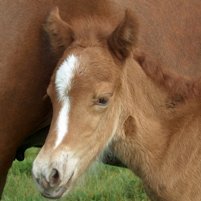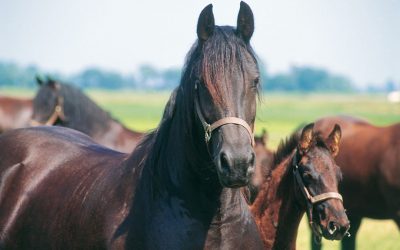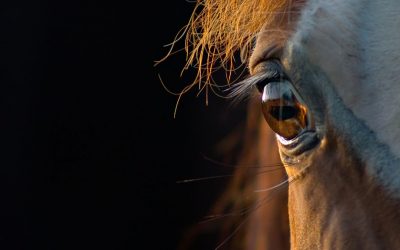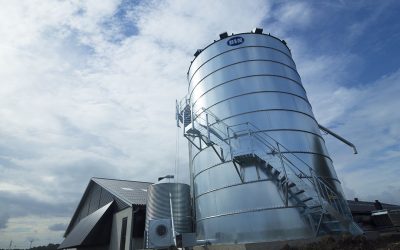Be aware of protein needs for horses

When feeding hay through the winter, horse owners should be aware of their horses’ protein requirements and the protein content of the feed, according to a Montana equine specialist.
protein in their diet. It is important to make sure the horse’s diet has the
right amount of protein, especially in young, growing horses, to prevent growth
abnormalities. Knowing the protein requirement for each class of horse is
important, says said Sandy Gagnon, Montana State University equine
specialist.
Different needs
Younger horses require more protein
in their diets than older horses, as protein aids in growth. Foals weaned at 4
months require 16% protein in a 90% dry matter basis, while those weaned at 6
months require 14.5% crude protein. Yearlings, or horses 12 to 18 months old,
require 12.5% crude protein, while 2-year-olds require only 11%, said Gagnon. A
3-year-old horse is considered mature and requires 9 to 10% crude protein in a
maintenance diet.
Horses undergoing more strenuous activities may require
more protein than those that spend most of their time in the pasture, says
Gagnon.
Feeding alfalfa
Gagnon recommends horse owners feed a
diet containing one-third alfalfa, which is good roughage, to help keep the
protein levels up in the horse’s diet. “Young, growing horses should be fed a
mix of alfalfa and grass hay because straight alfalfa hay is too high in
calcium,” she said. “Straight alfalfa hay has a calcium-to-phosphorus ratio of
6:1, when those young, growing horses need a ratio of 1:1. Otherwise, the young,
growing horses could experience orthopedic problems such as abnormal epiphyseal
cartilage growth commonly called epiphysitis. There are various forms of this
and the cause varies.
In addition to feeding a mix of alfalfa and grass hay
during the winter months, Gagnon suggests horse owners feed a mineral supplement
to meet the daily requirement of three ounces per day
To receive more animal feed news, subscribe
here
Source: the Prairie Star











